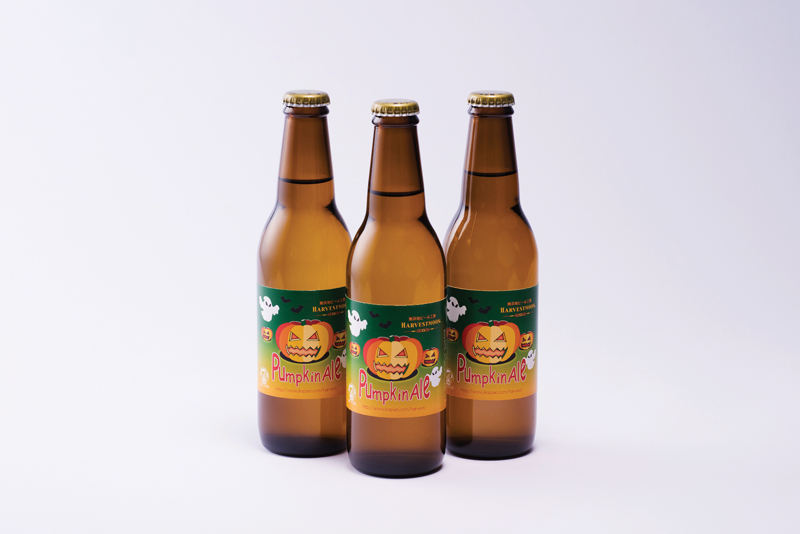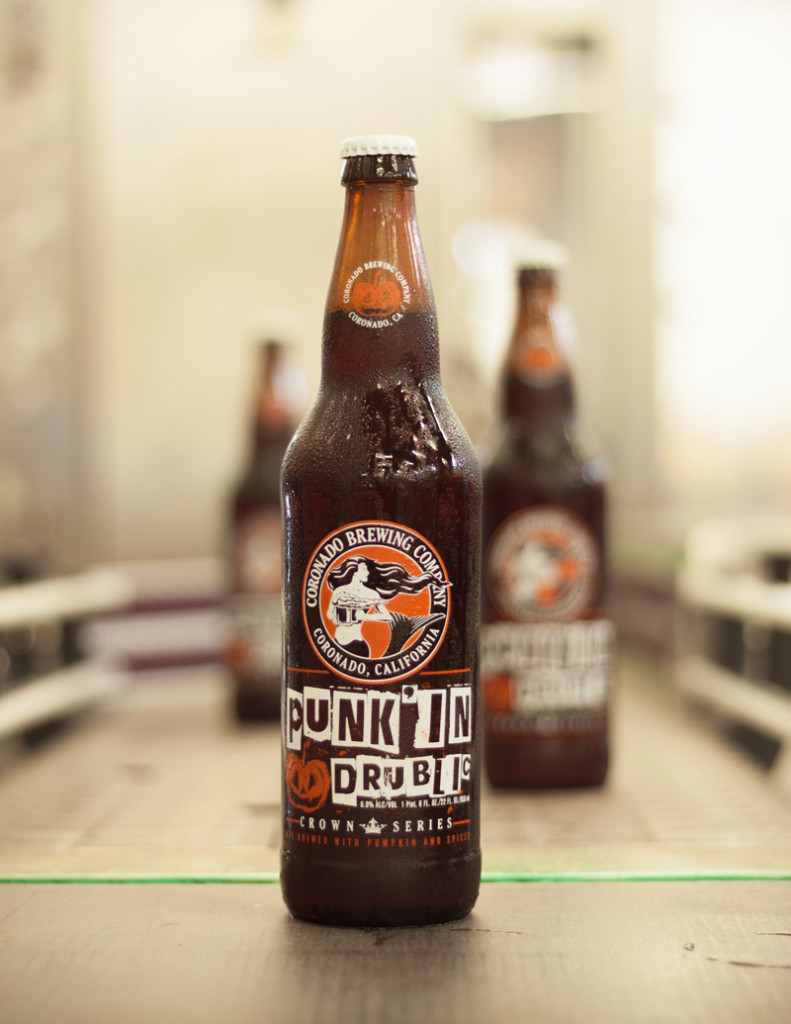In the US craft beer world, autumn is the time for not only Oktoberfest beers, but also pumpkin beers. And now this trend has come to Japan—so much so that this October, even Suntory jumped into the act with its Craft Select: The Pumpkin. Love them or hate them—and most beer lovers have a definite opinion on this—pumpkin beers are one of the favorite seasonals in the craft beer world, and they also possess a long history.
The pumpkin is a squash that originated in the New World. Its closest Japanese equivalent is of course the kabocha, brought to Japan by Portuguese sailors in the 16th century from Cambodia, whence comes its name. It took about 450 years until Japanese brewers thought to use the kabocha in brewing, but much less in America. European settlers in the new world loved their beer, but often could not obtain quality barley to use in brewing, and thus brewed with pumpkin, sometimes mixed with malt, sometimes not. It is said that even George Washington left behind a recipe for pumpkin ale.
As malted barley became more available, pumpkin beers fell out of favor. By the early 20th century, they had disappeared. This changed in 1985, when Buffalo Bill’s Brewery of Hayward, CA, became the first to revive the style. This time, however, they added various spices, in an attempt to create the taste of that American autumn favorite, pumpkin pie. With lots of caramel malts leaving behind residual sweetness, it was this dessert-like version of the beer that eventually caught on.
Now there are hundreds of pumpkin beers in the US, most of them sweet and spicy, using cinnamon, nutmeg, cloves, allspice, and/or ginger. Most are amber colored and sweetly malty, though there are now variations based on stouts, porters and wheat ales, and even wild yeast sour pumpkin beers. They range from low-alcohol session beers to big, barrel-aged bruisers of 12% abv or more.
Pumpkin, cooked or uncooked, is generally added to the mash, although sometimes it is added in the boil, or to the fermentor, or in some combination of these. Since these beers are generally brewed in early summer, it is usually canned or frozen pumpkin that is used, rather than fresh. When added early, most of the sugars of the squash will eventually ferment out, leaving a dry beer with little pumpkin flavor. This is why brewers often use caramel malts for sweetness, and why many brewers add pumpkin directly to the fermentor, in order to retain a bit more of its distinctive flavor.
Several of America’s best pumpkin beers are imported to Japan. Southern Tier Pumking is spicy, sweet, and strong, with a good alcohol burn to complement and balance its sweetness. Elysian Punkuccino uses spices and espresso beans to create a sweet blend that mimics a pumpkin Frappuccino from Starbucks. Rogue Farms Pumpkin Patch Ale is also spiced, but lower in alcohol as well as sweetness, making for a more sessionable import.
Several Japanese craft brewers also make good pumpkin beers. Sonoda Tomoko at Harvest Moon has been brewing these beers since 2001, although the present version is younger. She uses frozen kabocha both in the mash and at the end of the boil, with juniper berry, cinnamon, and clove for spicing, and maple sugar to boost the abv and add more autumnal flavor. This beer is quite spicy but only moderately sweet making for a highly drinkable treat.
Named for brewer Bryan Baird’s mother, Baird Country Girl Kabocha Ale has been released every Autumn since 2002. It uses boiled kabocha and other squashes in the mash, and is unspiced. It is full and malty, though less sweet than many American pumpkin beers, with notes of caramel and chocolate alongside the pumpkin.
A less orthodox Japanese pumpkin beer is Iwate Kura’s Belgian Pumpkin Ale, a well-balanced blonde with spicy Belgian yeast and just a hint of pumpkin flavor. More in the American style are Zakkoku Kobo’s Kabocha Ale, which is sweet and spicy and full of kabocha flavor, and Kyoto Ichijoji Kabocha Beer, which is full of kabocha flavor, but uses spices conservatively.
It must be recognized that pumpkin beer has its share of haters, particularly in the US. Some people simply don’t think beers should taste sweet and spicy like pumpkin pie. Others are angry that beers which are supposed to be late-autumn seasonals are now released with great marketing hype in mid-summer, when they would prefer a lighter, drier, more summery beer. We might agree that some brewers have taken the concept a bit too far, and that there are some overly sweet and spicy pumpkin beers that verge on the grotesque. We might also wish not to see them on the shelves until October. There are a lot of good pumpkin beers, though, and I think that many of the brewers in Japan, who are not so accustomed to pumpkin pie or Frappuccino, should be commended in keeping theirs on the drier side. So whether you are eating an American-style Thanksgiving dinner this year, or going more Japanese, with chestnuts, persimmons, and kabocha, reach for one of these and see how well it complements your meal. You might be pleasantly surprised.
All Beer Styles articles are written by Mark Meli, author of Craft Beer in Japan.
This article was published in Japan Beer Times # () and is among the limited content available online. Order your copy through our online shop or download the digital version from the iTunes store to access the full contents of this issue.





